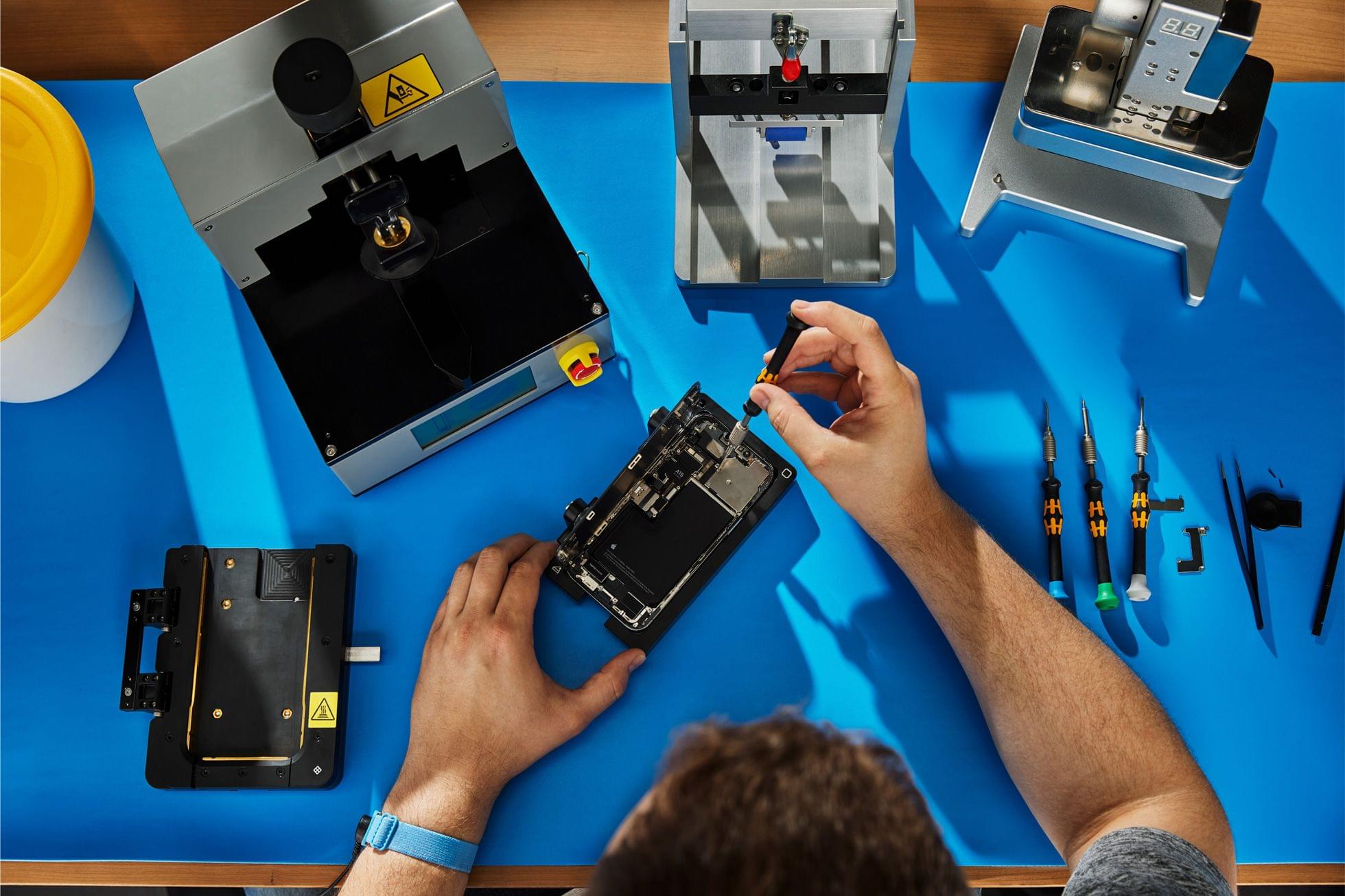Listen Later gets you through that huge pile of web articles you’ve been saving for later. Let’s face it, the web is a big place, and there’s always more to read than you have time for. Read-later apps give you a place to save articles for later, but you still need to find the time to read everything you saved.
Listen Later helps you get through that stack of articles by combining the power of podcasts and AI. Simply send Listen Later a link to an article and its AI converts the text into a narration using one of its natural-sounding AI voices. Each article becomes an episode of your very own personal Listen Later podcast. Listen Later works with text from images, PDFs, and other text documents and can translate articles to other languages, too.
It’s easy to add your Listen Later podcast to your favorite podcast player, making it available whether you’re driving to work, out for a long walk, or simply hanging out. Best of all, though, by converting your articles to audio, Listen Later greatly expands the time you can spend on your read-later queue.
What’s more, with Listen Later, you never spend more than you need. You buy credits, which are used as you add articles to your podcast feed. When you’ve used up your credits, you can reload them automatically or purchase more manually. How much you spend is completely up to you.
Visit Listen Later today to learn more, sign up for free, and receive $2 in free credits to convert articles to audio.
Our thanks to Listen Later for sponsoring MacStories this week.













](https://cdn.macstories.net/banneras-1629219199428.png)

